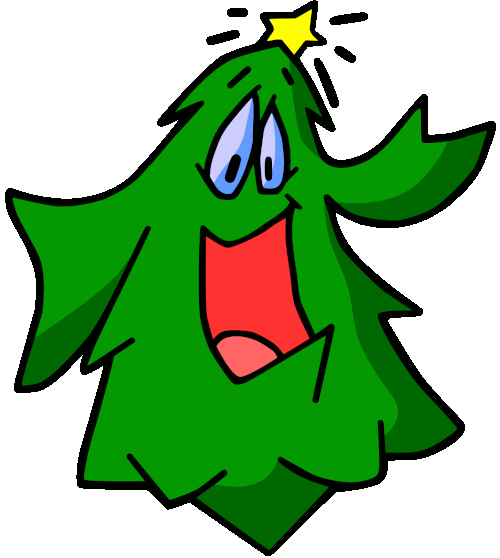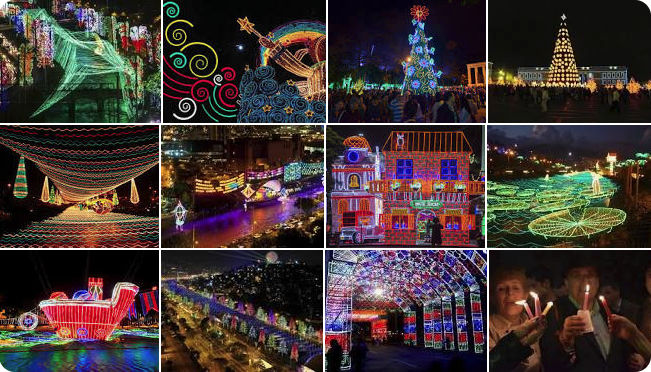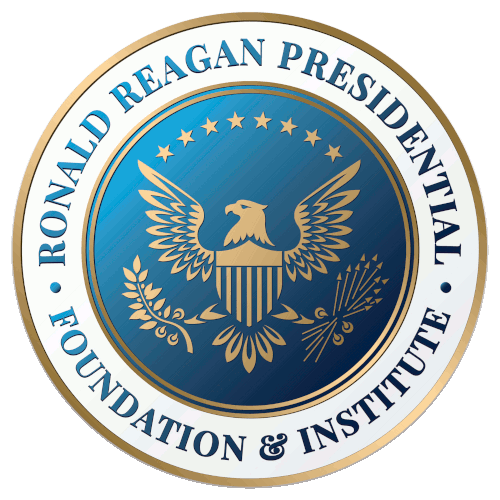COLUMBIAN CHRISTMAS


https://www.google.com/maps/place/Bogot%C3%A1,+Bogota,+Colombia

| HOW TO SAY MERRY CHRISTMAS: | |
|---|---|
| In Spanish | Feliz Navidad |

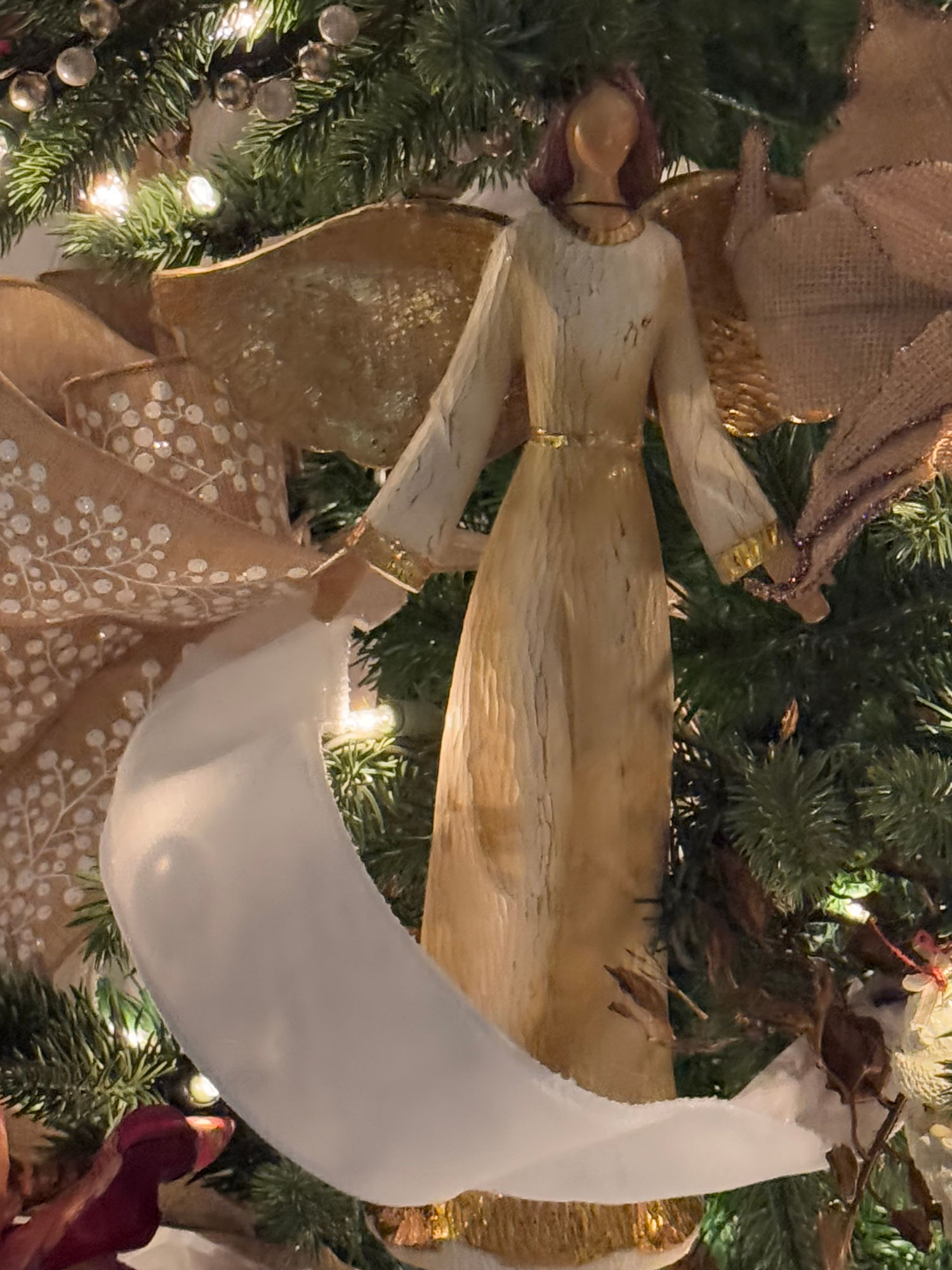
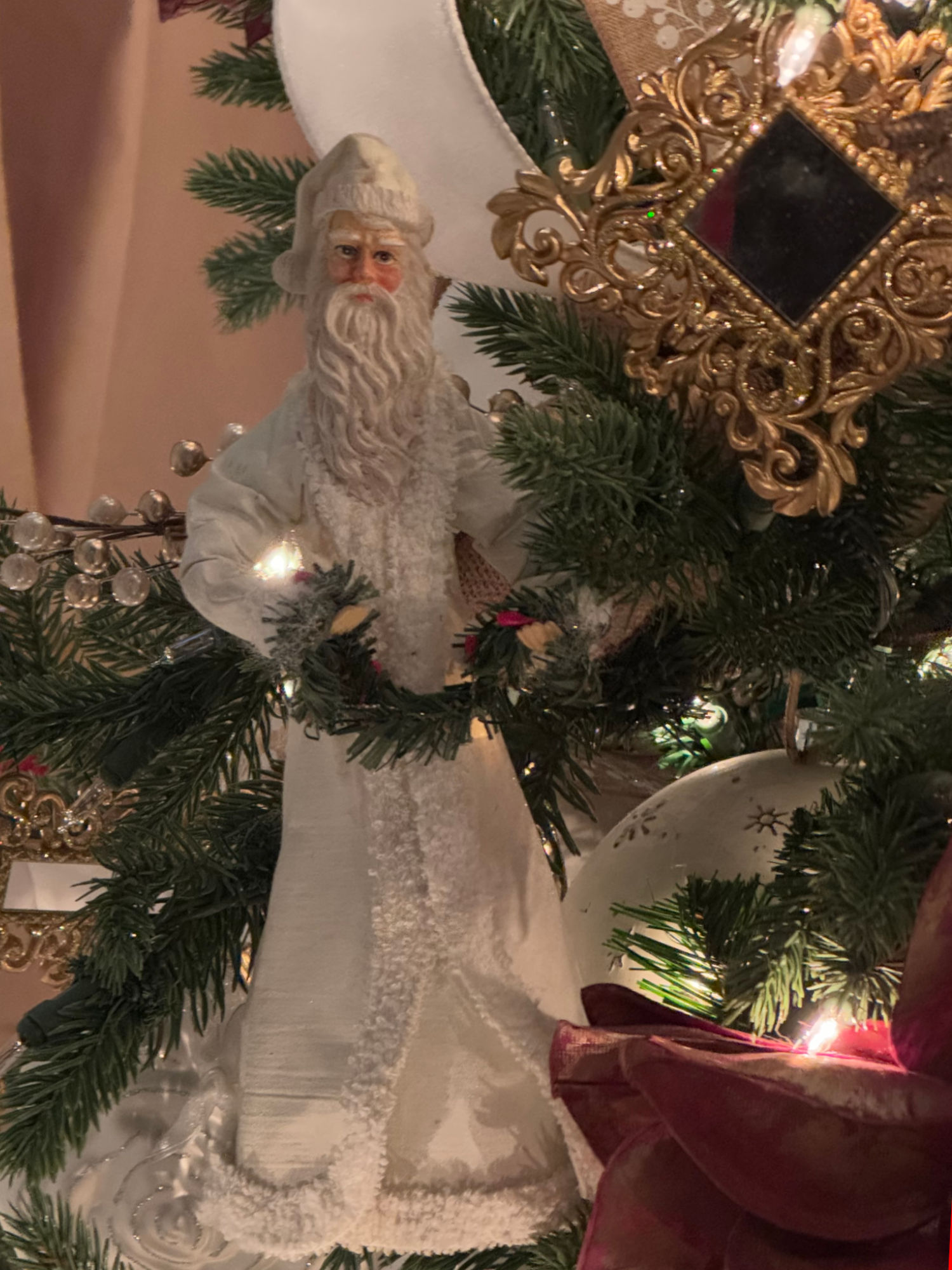
WHYCHRISTMAS.COMChristmas in Colombia
In Colombia, Christmas celebrations and preparations start on the evening of the 7th December which is known as 'Dia de las Velitas' or 'Day of the little Candles'. Houses and streets are decorated with candles, lanterns and lots of lights. There are also big firework displays and music to dance to and foods like 'bunuelos' and 'empanadas'. This day is celebrated by Catholics around the world as The Feast of the Immaculate Conception but is especially popular in Colombia.From December 16th until Christmas Eve, many Colombians take part in 'novenas'. These are special times when family, friends and neighbors come together to pray in the days leading up to Christmas. They are known as the 'Novena de Aguinaldos' (Christmas Novena) and often a different house hosts the meeting every night. As well as the prayers, people sing carols and eat lots of yummy foods!
People like to decorate their homes with Christmas Trees and other decorations. It's very common for there to be candles (normally red and white) and other lights displayed in windows or on balconies. Another very important Christmas decoration in Colombia is a nativity scene or 'el pesebre'. In early December, children write a 'Carta al Nino Dios' (letter to the baby Jesus) asking for what presents they would like. The letter is placed in the pesebre. They hope that Jesus will bring them presents on Christmas Eve.
The main Christmas meal is eaten on Christmas Eve night and it's called 'Cena de Navidad'. The dishes often include 'lechona' (pork stuffed with rice and peas), ham, turkey or a chicken soup called 'Ajiaco Bogotano'. Other popular foods around Christmas are 'Bunuelos' (cheesy fritters), arepas (a thick dish made from corn) and 'hojuelas' (a fried pastry with sugar and jam). A very popular Christmas dessert is 'Natilla' which is a set custard.
After the Christmas Meal, many people will go to a Midnight mass Church Service. Some people stay up all night, so Christmas Day is a day for relaxing and eating up leftovers!
On the 28th December people celebrate Innocents Day, which is like April Fools Day, with lots of jokes and fun. TV stations often show bloopers and funny mistakes people have made in the previous year.




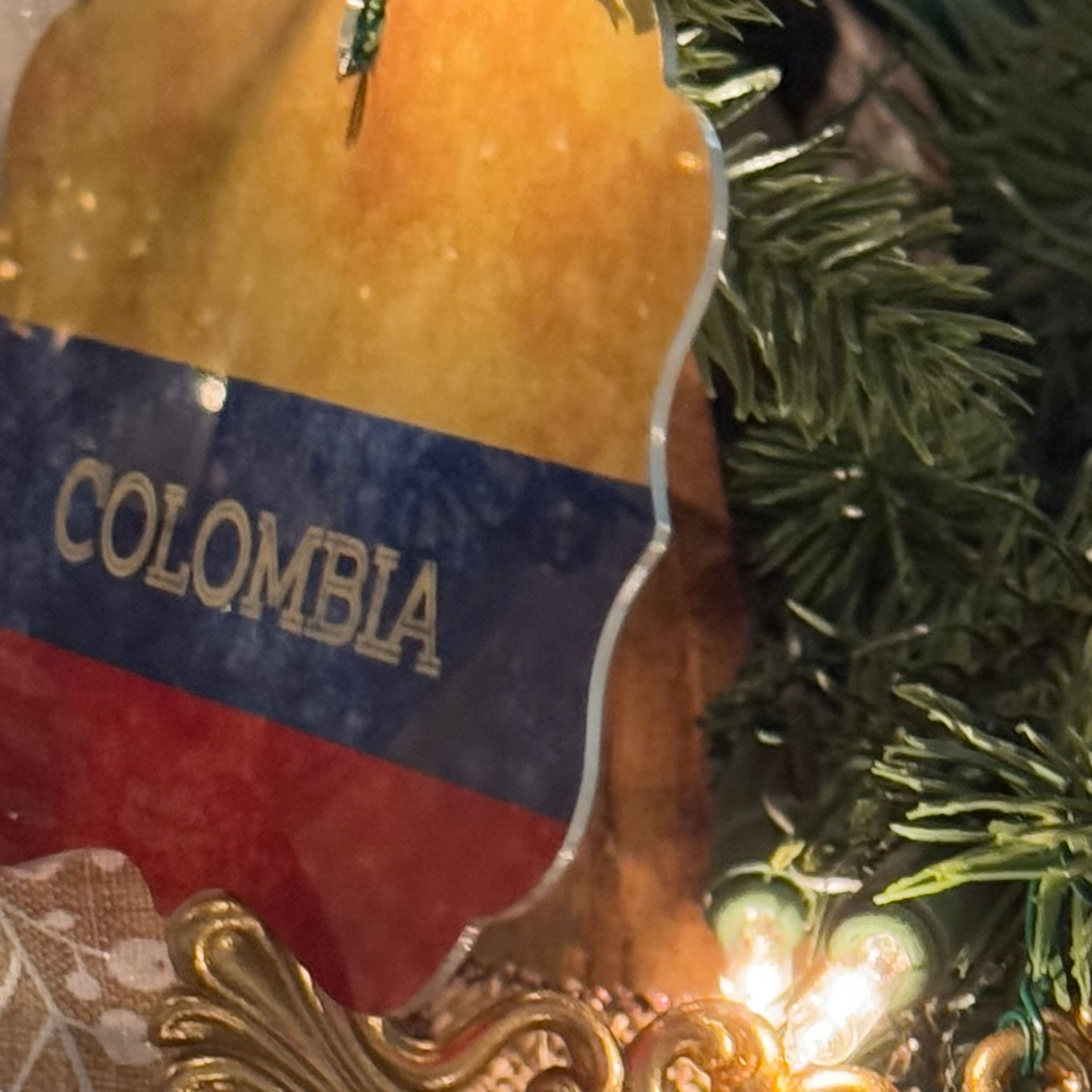
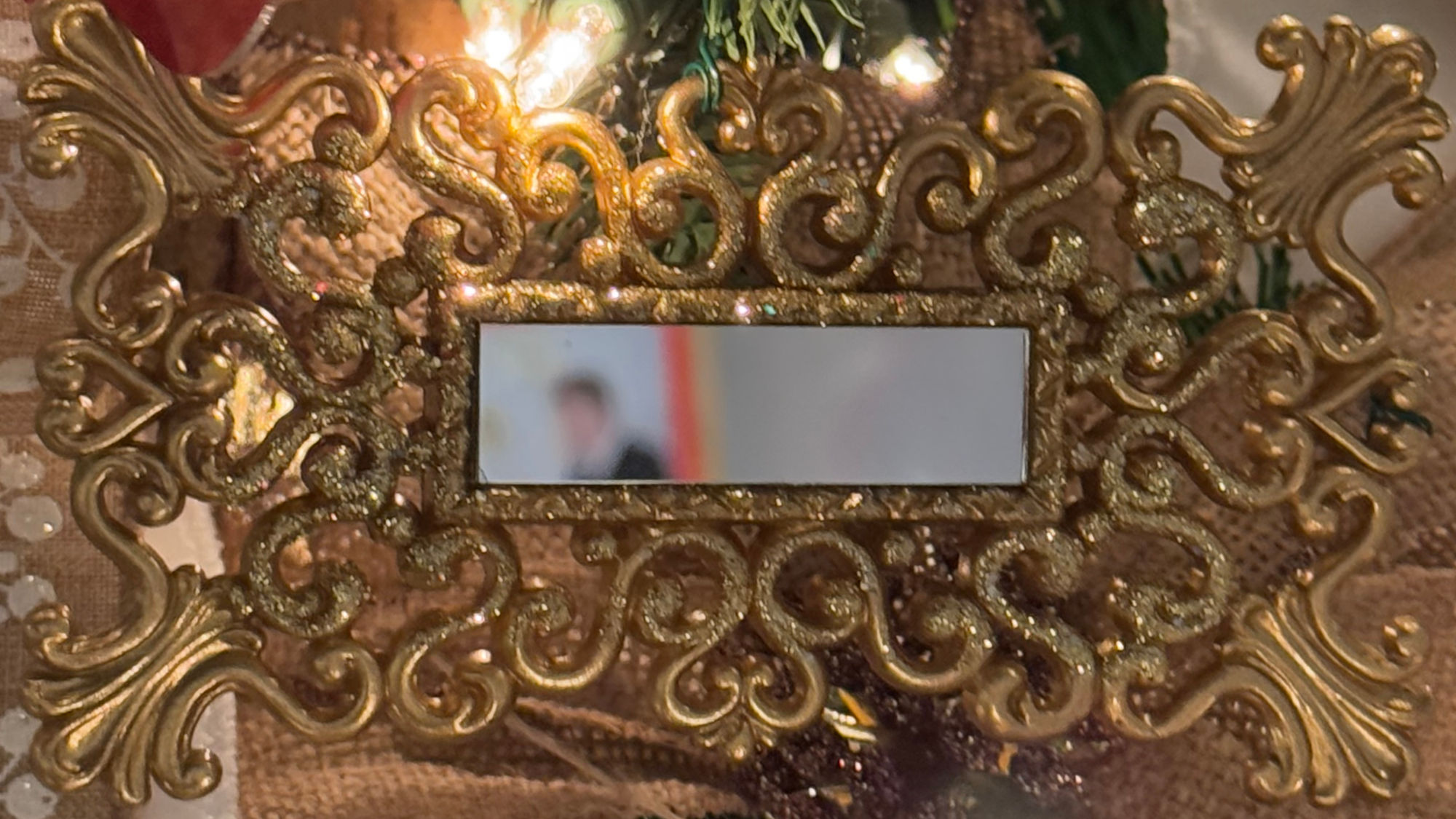
Traditional decorations displayed on this holiday include nativity scenes, poinsettias, Christmas trees, and candles.On January 1, the arrival of Christmas is celebrated with the popular dawn, the latter is the most extensive fireworks detonation event in the country that lasts all midnight until sunset on January 1.
Christmas season in Colombia
Christmas traditions incorporate remains of Basque heritage practices, this being even more marked in Antioquia and its surrounding departments.The activities of the market begin at the end of November, with the sale of trees, clothes, garlands, Christmas flowers, lights and pyrotechnics, as well as the popular mixture for custard, a typical Colombian Christmas dish, Good night is celebrated with the popular chocolate parties, the latter are events held in residential areas as a form of coexistence between neighbors where traditional foods of the time are shared such as fritters, custard, chocolate and bonus bread, the front parts of the houses are usually decorated with lights, and typical flowers and the lower part of the trees are usually decorated with mangers simulating the birth of Jesus Christ.
Day of the Little Candles
Among the festivities is the traditional day of the candles, between December 7 and 8. This day is the unofficial start of the Christmas season in the country, although the official day is the first Sunday of Advent (between November 27 and December 3).On this night, people place candles and paper lanterns on windowsills, balconies, porches, sidewalks, streets, parks, and squares; In short, they can be seen everywhere, in honor of the Virgin Mary and her Immaculate Conception. On December 8, it is customary for houses to hoist a white flag with the image of the Virgin Mary throughout the day. They also organize numerous events, from fireworks shows to contests.


Culture TripColombian Christmas Traditions
Christmas traditions vary all around the world, and celebrating Christmas outside your own country or away from your family can seem like an odd or even alien experience the first time you do it. Colombia has some totally unique Christmas traditions and festivals, so here are some of the most unique and unusual ones.Day of the Little Candles
The Dia de las Velitas, or Day of the Little Candles, is how most Colombians welcome the Christmas season. Every December 7, families take to the streets to light hundreds of little candles, which are meant to light the way of the Virgin Mary as she comes to bless their home. You will see these glowing beacons lighting the streets of all Colombian towns and cities on this day.The Novenas
For the nine nights leading up to Christmas, Colombian families gather in each other’s homes, traditionally to recite an old Christmas prayer. While many people still maintain the religious aspect, it has evolved a bit into a good excuse to get together for nine straight nights to eat, drink and generally be merry! Colombians sure do love a party...Christmas Lights and Nativity Scenes
Obviously, Christmas lights and nativity scenes are not particularly unusual or unique to Colombia. However, the sheer commitment and scale of Colombian lights and nativities are what makes them stand apart. You will find elaborate nativity scenes – sometimes complete with running water or real plants – in the lobby of most apartment buildings and hotels. And the Christmas lights take it to another level: Medellin, in particular, is famous for the millions of lights they string up in the city every Christmas.The Alborada in Medellin
Another Medellin Christmas tradition and a divisive one at that are the Alboradas – every December 1, to welcome the Christmas season, it’s traditional to blow up a tonne of fireworks throughout the city. It’s divisive due to repeated safety concerns and the incredible noise that comes from thousands of people blowing up gunpowder all night! Fun though...Aguinaldos
Aguinaldos is the name given to fun little games played by children and adults during the Christmas period. One of the most popular and commonly played is known as Tres Pies: players try to surreptitiously slip one foot in between the feet of their opponents without them noticing. Another popular one is Si o No – basically, you can’t say one of those words.The Baby Jesus Delivering the Presents
While many countries await the arrival of Santa Claus bearing gifts for the kids, in Colombia, it’s a little different: children stay up until late on December 24 to receive presents delivered by…the Baby Jesus himself! You still see lots of images and colorful lights bearing the image of jolly old Santa, but that’s more down to the influence of TV and movies than a cultural thing. Some people might think it seems a tad mean to have Baby Jesus delivering the presents – it is his birthday and all – but it’s an important Colombian Christmas tradition nonetheless.Day of the Innocents
If you thought the fun ended on December 25, then you haven’t celebrated Christmas in Colombia! On December 28, the whole country celebrates the Day of the Innocents: people pull pranks, play practical jokes, and just generally try to amuse each other and themselves! After the glow of Christmas had faded, it’s a great way to get your spirits back up in preparation for the New Year.



President Reagan stands next to President Belisario Betancur Cuartos during the airport arrival ceremony in Bogotá for an official working visit.
Reagan's Daily DiaryFriday, December 3, 1982
Off to Bogota Colombia. Had an advance copy of toast he would deliver at lunch. It was a little harsh with a tone of resentment toward the "Colossus of the North." He has talked of recognizing Cuba & not being a satellite to U.S. etc. Met us at airport-again full honors & troop review. A large group of Americans were there and warm in their welcome. Helicoptered to Square to place a wreath at statue of Simon Bolivar. At Palace he & I (plus interpreters) met alone. He spoke of previous visits by Am. Presidents (J.F.K. last) and how nothing came of it. This gave me a chance to say I came to ask questions-what were our problems & how could we solve them. Told him of my dream for the W. hemisphere: That we had a common heritage of coming to this land from all over the world & that from pole to pole we worshipped the same God. He told me of his poor beginnings & I told him of mine. Then I pointed out-we were now the Presidents of our countries; That I wanted this kind of opportunity for everyone in all the Americas. By the time we did the farewell ceremonies at the airport I believe we were real friends. We flew on to San Jose Costa Rica. Same formal ceremonies. This was my 3rd meeting with Pres. Monge. I went on to Hotel Cariari where I had a meeting with Pres. Magana of El Salvadore. We spoke of need to emphasize their pursuit of human rights so we could continue to help.Key Facts
- President Reagan leaves Brazil for Bogota, Colombia.
- President Reagan participates in a meeting with the President of Colombia to discuss what problems are currently plaguing the Americas and what steps can be taken to rectify them.
Ronald ReaganToast at a Luncheon Hosted by Colombian President Belisario Betancur Cuartas in BogotaDecember 3, 1982
Reverend clergy, President Betancur, I'm happy to be in Santa Fe de Bogota, the Athens of America. I appreciate this opportunity to reaffirm the close and longstanding ties between our peoples.
Since 1824, when a United States Representative, Richard Anderson, became the first foreign diplomat to be formally accredited here after independence, my country has followed with admiration the development of your constitutional tradition.
I thought I was having a translation here. I guess -- well.
Colombia's great independence leader, General Francisco de Paula Santander, is celebrated today not so much for being the great warrior he was, but as the "Man of Laws." He declared, "If the sword gave us independence, the law will give us liberty." Well, you, Mr. President, are a man of law and liberty.
Your first statement as President-elect of your country carried on the profound tradition of law and liberty in Colombia. "I aspire," you said, "to a happy and open democracy in which citizens who wish to be representatives must win that right in a frank contest with the broad participation of the new generations, a contest in which merit, quality of service, and proven honesty will be the best attributes for receiving popular support."
I was waiting to be interpreted, but I understand I'm not to wait.
Well, we all know that the democratic path is never easy. But it's a path toward which the peoples of this hemisphere are increasingly turning. Democracies are better able to reconcile their internal differences without violence. They're also neighbors in whom we can have confidence.
Mr. President, as I said in my very encouraging visit to Brazil, I did not come to visit with any preconceived plan that we wish to impose. I came here to listen and to learn, to ask how we could be of greater help in promoting peace and progress in the Americas. It has long been my dream that the more than 600 million people of the Americas could represent an enormous force for good in the world. Just think how much we could achieve if there were accord between us.
In that spirit, Mr. President, let me say how much I appreciate your frankness here today. I know you were speaking from the heart. And I can assure you that we were listening closely.
One of the great traditions of democratic nations, as you know so well, is that leaders can speak candidly to one another and accept the other's thoughts in the constructive spirit in which they're offered. You have spoken frankly. Now let me do the same.
Ours is a region in which powerful bonds unite countries and people. It is also a region in which primarily, perhaps because we expect so much from each other, powerful misunderstandings can arise. When people -- above all, these people who exercise responsibility and must make decisions -- do not know each other, the potential for misunderstanding is particularly great. That's why I'm here, coming as a friend and neighbor, asking what are our problems and differences and how can they be overcome.
Our neighbors in Central America are in turmoil. They are threatened by a devastating economic crisis and by local insurgencies supported by outside countries which do not wish to see the republics of America succeed. The question, Mr. President, is how can we help. I look forward to hearing your views this afternoon.
But don't we already have a good beginning in the conclusions democratic states of the region reached in San Jose on last October 4th? They called for all the states of Central America, on a basis of reciprocity and verification to renounce the importation of heavy offensive weapons that could be used to attack a neighbor; to cause the withdrawal of all -- and I repeat, all -- foreign military advisers; to end support for terrorists and subversion against neighbors to begin internal reconciliation, enabling dissidents to participate again in public life within established institutions; to create democratic institutions and hold open, public elections to decide who should exercise power. Of these, the last is the most significant, for we all know that democracies are far less likely than other regimes to abuse their own people and to make war on their neighbors.
What can we do to overcome the economic crisis in the Caribbean region? Well, Mr. President, our nations are partners in the Caribbean Basin Initiative, a bold attempt to address the underlying economic and social needs of our neighbors. It made a great impression in the United States when your country announced that it would join with Canada, Mexico, Venezuela, and the United States in this enterprise. It reassured us to see Colombia, long a pillar of the Andean community, extend its hand to Central America and the Caribbean. Through hard work, sound financial management, and a commitment to an open and competitive economy, Colombia is an example for others.
The United States has already increased its assistance to the Caribbean area, bringing it to nearly a billion dollars a year. But we must provide these small and promising countries an opportunity to earn their own way. That is the purpose of the one-way, free-trade proposal that I have made. This proposal is now under active consideration by our Congress, and I hope for early action.
In cooperating to help others, we should be careful not to neglect cooperation to benefit our own societies. Could we not do more to mobilize resources and encourage efforts by public-private institutions, universities, institutes, voluntary agencies, and businesses to increase their cooperation for development? Many scientific, educational, and other institutions in the United States and in Colombia have had close working relationships in the past. We must strengthen and renew such ties and promote new links to accelerate the pace and quality of research and development on the most pressing problems in this hemisphere.
The recession that we suffer from is global. It affects the advanced countries. Millions are out of work in my country -- even greater numbers in Europe. But it's true that the recession has affected the developing countries most of all -- not so much Colombia, which is fortunate to continue to grow, but your neighbors.
None of us can find our way back to prosperity without self-discipline at home. The example of Colombia shows how prosperity can be achieved by domestic savings and investment. But prosperity will escape us if we permit those great engines of growth, world trade and world finance, to be impaired. And here again, Mr. President, we must act to make sure that the International Monetary Fund has the funds necessary to finance needed stabilization programs. And early agreement must and, I am confident, will be reached on substantially expanded quotas.
The United States has also proposed that special arrangements to borrow be made to enable the Fund to be sure to fulfill its mission. The individual countries that can do so should provide bridging financing to countries needing time to work out effective stabilization programs. And private lenders must not withhold new funds from countries that do so, for lenders and borrowers each have a great stake in each other's success.
For the longer term, we must proceed with the replenishment of the Inter-American Development Bank. We believe that an agreement is reachable on a replenishment that will permit continued high growth in the bank's activities.
Equally important is to prevent an upsurge in protectionism in all our countries. We can only do this, Mr. President, if we all do it together. That was the meaning of the GATT meeting in Geneva.
With unemployment in all our countries, the temptation is to use restrictions or export incentives to protect jobs. Well, experience shows that way is self-defeating and will lead only to less trade and less jobs. I am pledged to do all in my power to prevent arbitrary restrictions of trade.
Colombia has long been a powerful supporter of the inter-American system. With few exceptions, the system has kept the peace. As new nations of the Caribbean join the system and as other American countries like Colombia grow in economic weight and worldwide influence, our institutions will be infused with new life.
Our own relations with each other reflect the maturity of our partnership. We do not agree on every issue, not even on the remedies of some of the problems we share. But we've established a dialog based on mutual respect, our shared religious heritage, and our common legacy.
In the trade field we have vastly expanded to our mutual benefit the goods and services we exchange. Earlier, you had a trade surplus. Now, with the price of coffee low, we do. We both have legislation governing trade that we each are bound to respect. Within that framework, though, there is much we can do to assure mutual accommodation without imposing protectionist devices. I will work with you to find those opportunities.
Our cooperation in the area of narcotics control certainly reflects the same spirit. We recognize that the use and production of illegal drugs is a threat to the social fabric of both countries. I am determined to control and reduce drug consumption in my country. Progress that either of us make will assist the other.
Colombia and the United States worked together to establish the fundamental principles of this hemisphere. I am here today to further the spirit of cooperation begun by President Roosevelt in 1934, and continued by President Kennedy in 1961. I come convinced that our cooperation for freedom and development is more vital than ever to progress and security in the hemisphere.
President Betancur, you and I know what can be accomplished with the will to keep going until the job is done. We both come from working families, poorer than most in material things, but rich in spirit and optimism. Those values taught us when we were young -- God, family, and hard work -- and this did well by us as individuals. And they will do well by our two countries.
It is my deep conviction that the tide of history is with the Americas -- and especially with countries such as ours, who believe in the dignity of man and the freedom of the individual.
President Betancur, I propose a toast to you and to the people of Colombia: May the values that bind us, the friendships and dreams we share, be preserved by us, the people of the New World, as an eternal, sacred trust.
NOTEPresident Reagan spoke at 3:29 p.m. in response to a toast proposed by President Betancur. The luncheon was held at the Casa de Narino following a meeting of the two Presidents.Earlier in the day, President Reagan was accorded a welcoming ceremony at El Dorado Airport in Bogota. He then went to Bolivar Plaza in the city to participate in a wreath-laying ceremony at the statue of Simon Bolivar.
Following the luncheon, the two Presidents met together with their delegations at the Casa de Narino. President Reagan then left for a departure ceremony at El Dorado Airport and the trip to San Jose, Costa Rica.
WIKIPEDIAThe Republic of Colombia
A country mostly in South America with insular regions in North America. The Colombian mainland is bordered by the Caribbean Sea to the north, Venezuela to the east and northeast, Brazil to the southeast, Ecuador and Peru to the south and southwest, the Pacific Ocean to the west, and Panama to the northwest. Colombia is divided into 32 departments. The Capital District of Bogota is also the country's largest city hosting the main financial and cultural hub. Other major urbes include Medellín, Cali, Barranquilla, Cartagena, Santa Marta, Cúcuta, Ibague, Villavicencio and Bucaramanga.It covers an area of 1,141,748 square kilometers (440,831 sq mi), and has a population of around 52 million. Its rich cultural heritage-including language, religion, cuisine, and art-reflects its history as a colony, fusing cultural elements brought by mass immigration from Europe and the Middle East, with those brought by the African diaspora, as well as with those of the various Indigenous civilizations that predate colonization. Spanish is the official language, although English and 64 other languages are recognized regionally.
Colombia has been home to many indigenous peoples and cultures since at least 12,000 BCE. The Spanish first landed in La Guajira in 1499, and by the mid-16th century they had colonized much of present-day Colombia, and established the New Kingdom of Granada, with Santa Fe de Bogota as its capital. Independence from the Spanish Empire was achieved in 1819, with what is now Colombia emerging as the United Provinces of New Granada. The new polity experimented with federalism as the Granadine Confederation (1858) and then the United States of Colombia (1863), before becoming a republic-the current Republic of Colombia-in 1886. With the backing of the United States and France, Panama seceded from Colombia in 1903, resulting in Colombia's present borders. Beginning in the 1960s, the country has suffered from an asymmetric low-intensity armed conflict and political violence, both of which escalated in the 1990s. Since 2005, there has been significant improvement in security, stability and rule of law, as well as unprecedented economic growth and development. Colombia is recognized for its healthcare system, being the best healthcare in Latin America according to the World Health Organization and 22nd in the world. Its diversified economy is the third-largest in South America, with macroeconomic stability and favorable long-term growth prospects.
Colombia is one of the world's seventeen megadiverse countries; it has the highest level of biodiversity per square mile in the world and the second-highest level overall. Its territory encompasses Amazon rainforest, highlands, grasslands and deserts. It is the only country in South America with coastlines (and islands) along both the Atlantic and Pacific oceans. Colombia is a key member of major global and regional organizations including the UN, the WTO, the OECD, the OAS, the Pacific Alliance and the Andean Community; it is also a NATO Global Partner and a major non-NATO ally of the United States.
Etymology
The name "Colombia" is derived from the last name of the Italian navigator Christopher Columbus. It was conceived as a reference to all of the New World. The name was later adopted by the Republic of Colombia of 1819, formed from the territories of the old Viceroyalty of New Granada (modern-day Colombia, Panama, Venezuela, Ecuador, and northwest Brazil).


